Text e Photography/Texto e Fotografia: Graziela Meister (versão PT em baixo)
EN
Both in the garden and in greenhouse these orchids have quickly gained great popularity due to their lush flowers.
It is a plant with the foliage similar to a bamboo, of flowers with great varieties of colors and a form similar to Cattleya. The plant itself is beautiful, even just with foliage and can decorate a garden nicely.
It comes from South America, having obtained its name from the botanist Dr. Francisco Sobral.
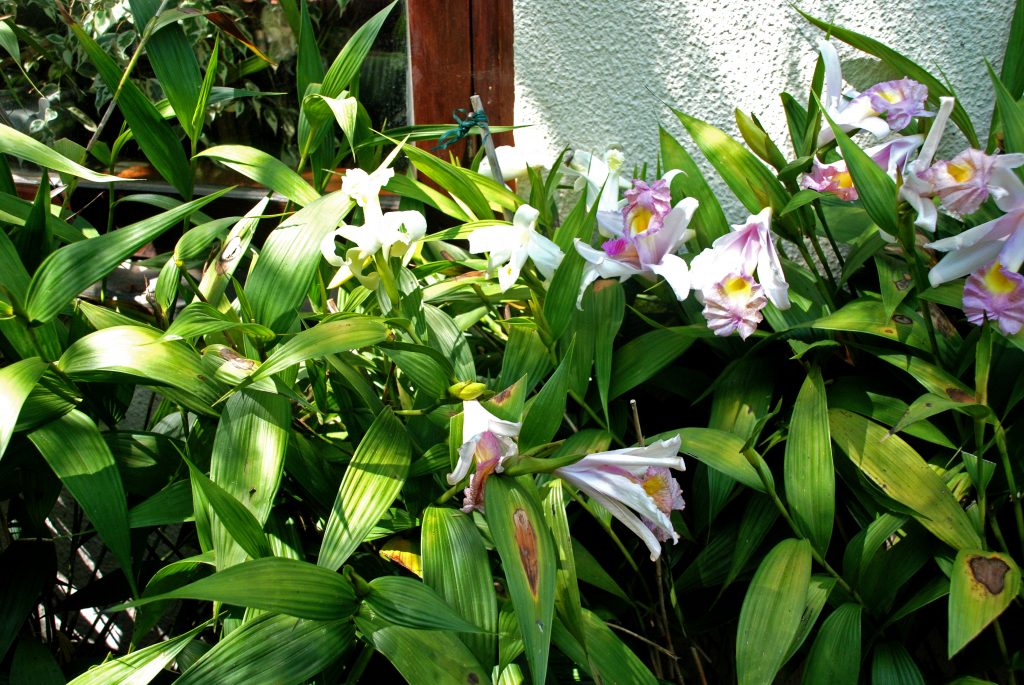
Photography/Fotografia: Graziela Meister
Although it covers about 100 species is a broad genus, so it must be divided into two groups: the ephemeral group that includes the species whose flowers last a day or less, such as Sobrália fimbriata, has a very accentuated perfume. The other group called the field group, whose flowers can last from two to ten days. These have the particularity of flowering from the same stem three or four consecutive flowers. As an example of this group we have the well-known Sobralia mirabilis, a cross between macrantha and veitchii. The Sobrálias of this group are of easy cultivation and can be kept all year in the garden. In fact, Sobralia is a genus that is cultivating a lot, because it adapts very well to the climate to which it is submitted.
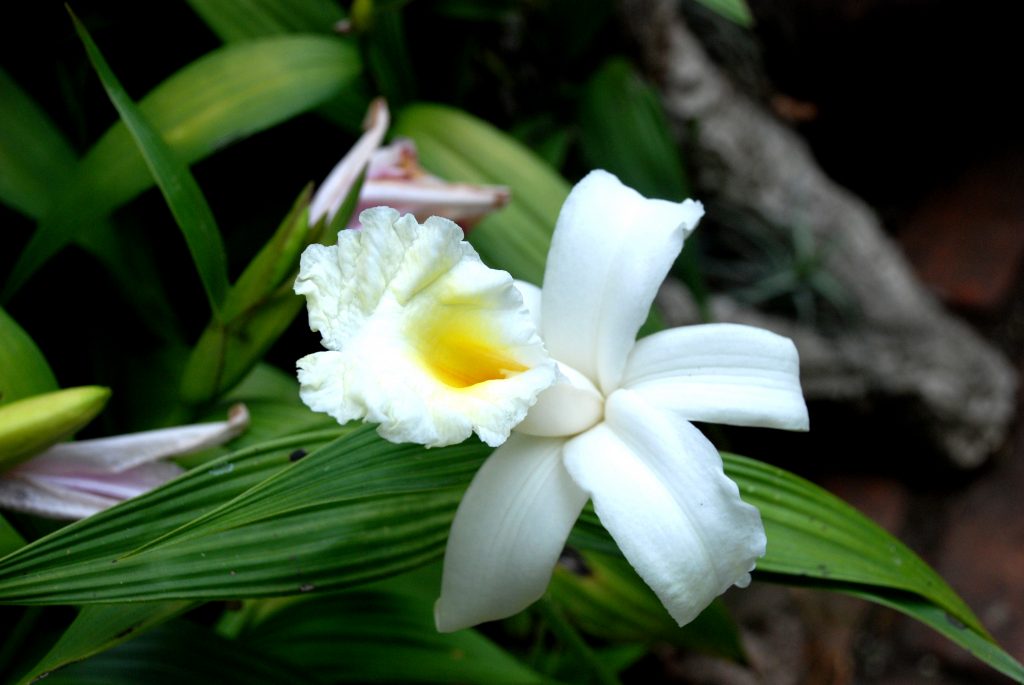
Photography/Fotografia: Graziela Meister
The main care we have to have is to keep the roots clean. In order to obtain good foliage and copious flowering it is essential that the roots, which are thick, form a tangled yarn.
Since the roots should never be damaged, care must be taken with them both in potting and in multiplication. When changing pots, what should be done when new shoots and roots are emerging, one should not touch the roots. You should wash them to remove the old substrate and place them in the new vessel. If, however, if you want to divide the plant, you have to be aware that even dividing the plant at the right time can be dangerous for the plant.
After removing the plant from the pot, examine the base of the plant very well, seeing where the new growths are and what are the most suitable points for the division. Over time and in many species the points of growth have formed a new plant and that is where the new division must be concentrated. If it is a plant with the roots already very old and no new growth points are seen, then a good piece of rhizome with roots is cut, not paying attention to the reeds, because a good piece of rhizome with roots will grow a lot Faster than some canes without roots. We must have a lot of patience when cutting the rhizome so as not to destroy the roots. We must realize very well what their follow-up is, try to unbalance them, but never cut them.
For those who live near the sea, as is my case, the Sobral grow very well in the open air. The temperature on a winter night rarely drops below 7 °.
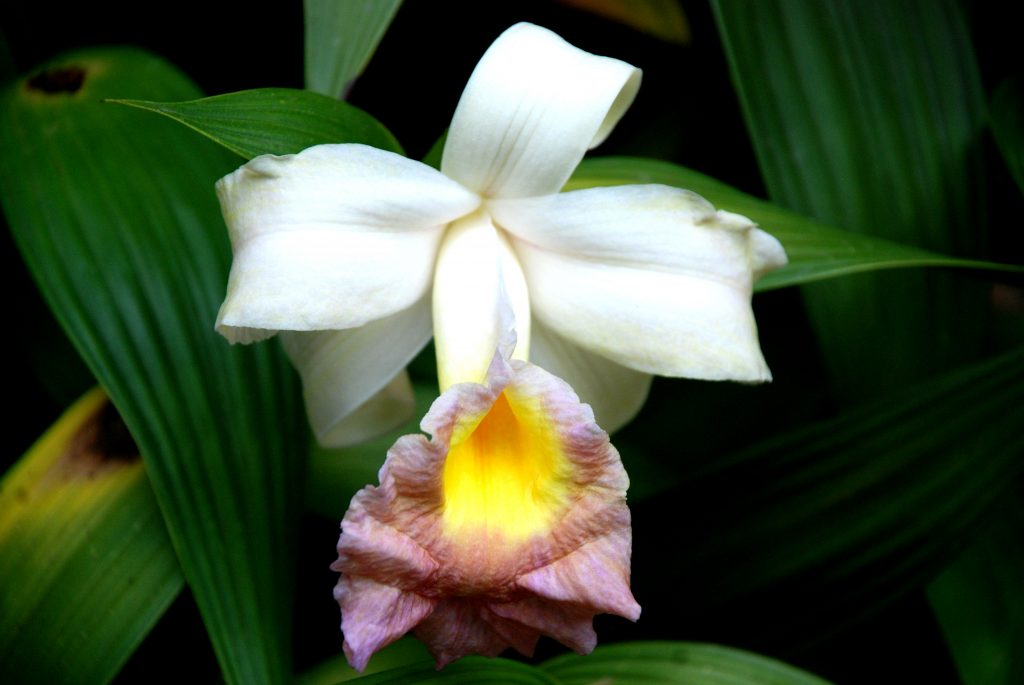
Photography/Fotografia: Graziela Meister
The ephemeral group needs milder temperatures, but this factor has more to do with the place of origin of the orchid, because for example Sobralia Powellii of Colombia tolerates better the temperatures lower than the same Sobralia from Ecuador. In addition, there are testimonies of orchidophiles, who say they cultivate ephemeral Sobralia in places that reach 10th and sometimes descends until the 2nd.
These orchids like a lot of light but preferably veiled from the sun. Although some species can withstand the direct sun, experienced orchid growers confirm that the half-shaded Sobralias have a more beautiful foliage and give more flowers.
Its substrate must be kept moist, taking care that it has good drainage, so that copious and frequent watering will not damage the roots. Any fertilizer but preferably an organic one may be used.
I have in my garden several species, but it is mirabilis and macrantha that have developed more easily and have adapted better to our climate.
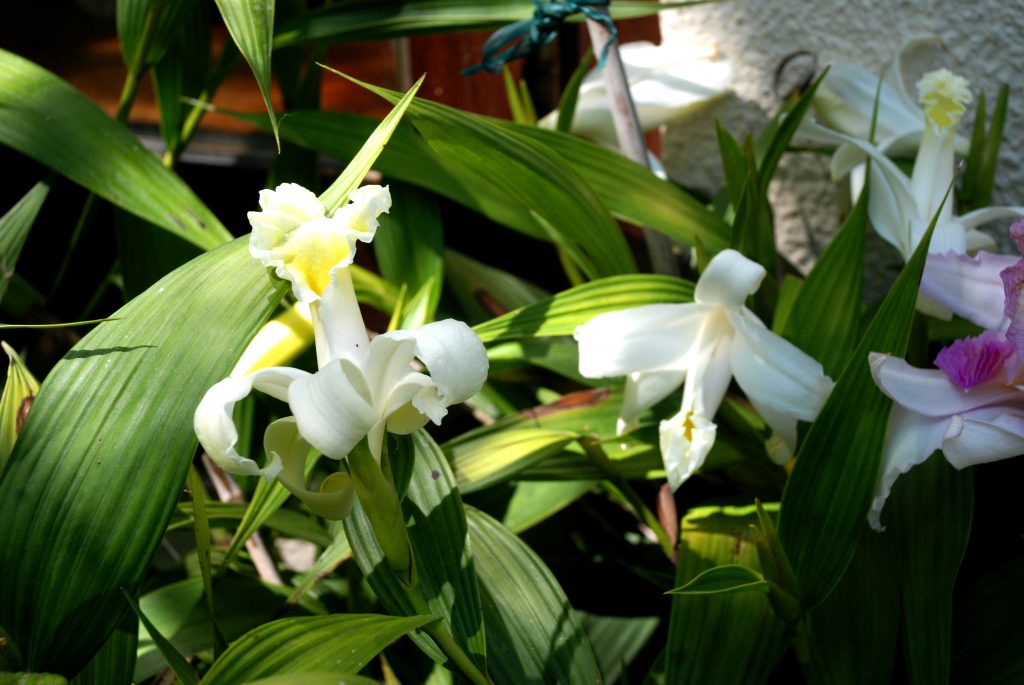
Photography/Fotografia: Graziela Meister
PT
Tanto no jardim como em estufa estas orquídeas ganharam rapidamente grande popularidade devido às suas flores exuberantes.
É uma planta com a folhagem semelhante a um bambu, de flores com grandes variedades de cores e uma forma parecida com a Cattleya. A planta em si é bonita, mesmo só com folhagem e pode decorar muito bem um jardim.
É oriunda da América do Sul, tendo obtido o seu nome do botânico Dr. Francisco Sobral.
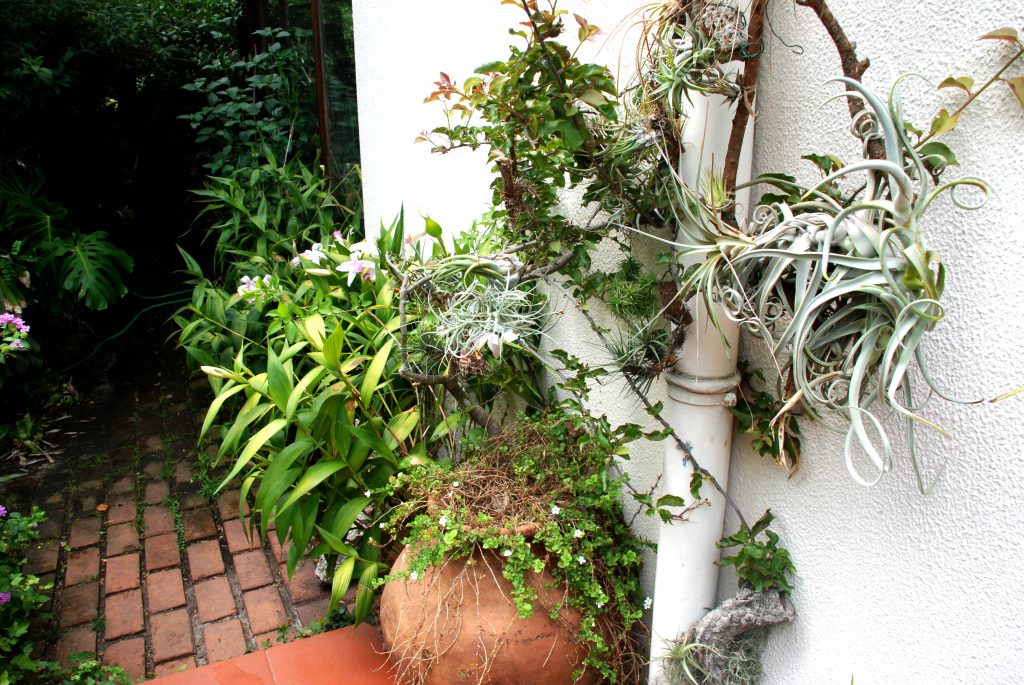
Photography/Fotografia: Graziela Meister
Embora abranja cerca de 100 espécies é um género amplo, pelo que se deve dividir em dois grupos: o grupo efémero que engloba as espécies cujas flores duram um dia ou menos, como a Sobrália fimbriata, esta com um perfume muito acentuado. O outro grupo denominado de grupo de campo, cujas flores podem durar de dois a dez dias. Estas têm a particularidade de florir da mesma haste três ou quatro flores consecutivas. Como exemplo deste grupo temos a conhecida Sobrália mirabilis, um cruzamento entre a macrantha e a veitchii. As Sobrálias deste grupo são de fácil cultivo e podem-se manter todo o ano no jardim. Aliás a Sobrália é um género que se está a cultivar muito, pois adapta-se muito bem ao clima a que é submetida.
O principal cuidado que temos que ter é manter as raízes impecáveis. Para se obter uma boa folhagem e uma floração copiosa é essencial que as raízes, que são grossas, formem um novelo emaranhado.
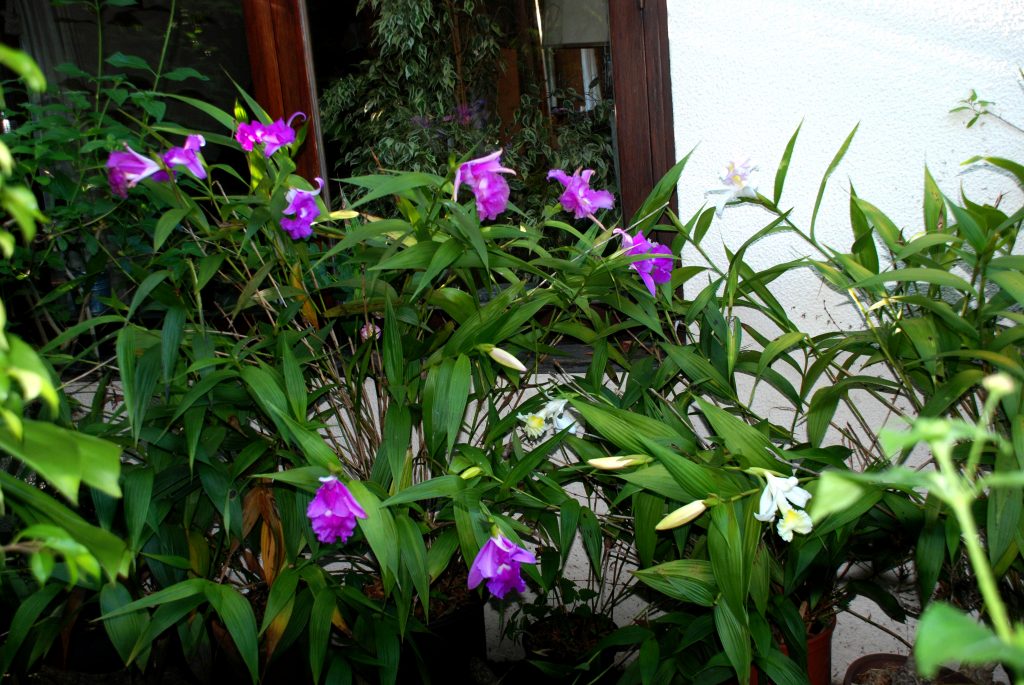
Photography/Fotografia: Graziela Meister
Uma vez que as raízes nunca devem ser danificadas, tem que se ter o máximo cuidado com elas tanto no envasamento como na multiplicação. Quando se muda de vaso, o que deve ser feito quando estão a surgir novos rebentos e raízes novas, não se deve mexer nas raízes. Deve-se lavá-las para retirar o substrato antigo e coloca-las no vaso novo. Se, no entanto, se pretender dividir a planta, tem que ter consciência que mesmo fazendo a divisão na época certa, pode ser perigoso para a planta.
Depois de retirar a planta do vaso, examina-se muito bem a base da planta, vendo onde estão as novas crescenças e quais serão os pontos mais indicados para a divisão. Com o tempo e em muitas espécies os pontos de crescimento formaram uma nova planta e é aí que se deve concentrar a nova divisão. Se se tratar de uma planta com as raízes já muito envelhecidas e não se virem novos pontos de crescimento, então corta-se um bom pedaço de rizoma com raízes, não dando atenção às canas, pois um bom pedaço de rizoma com raízes vai crescer muito mais depressa do que algumas canas sem raízes. Temos de ter muita paciência ao cortar o rizoma para não destruir as raízes. Devemos reparar muito bem qual o seguimento delas, tentar desempecilhá-las, mas nunca as cortar.
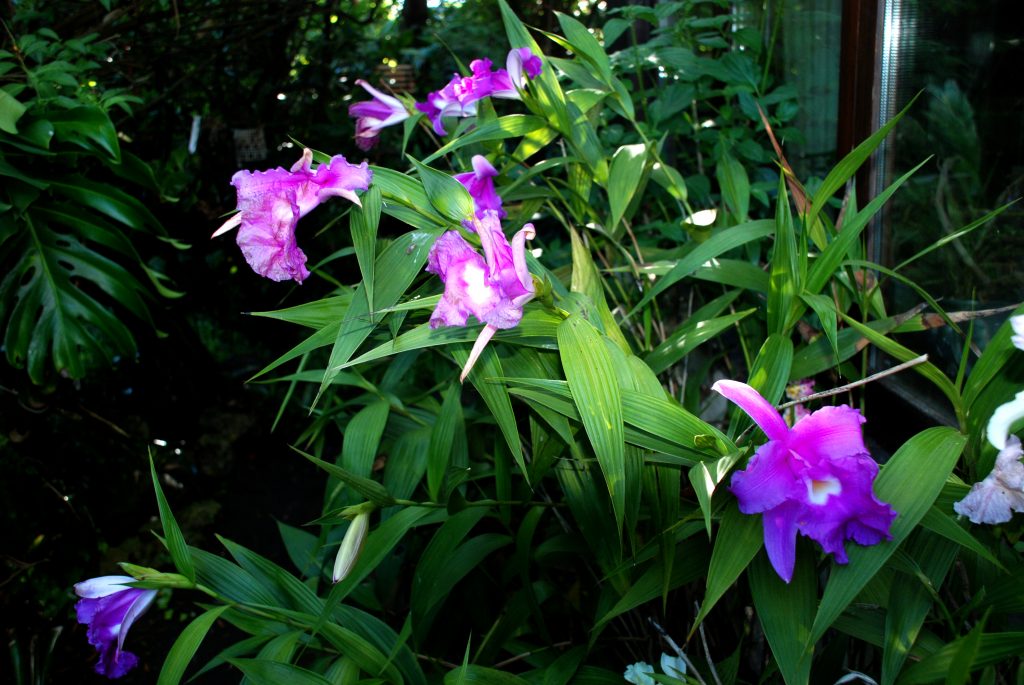
Photography/Fotografia: Graziela Meister
Para quem vive perto do mar, como é o meu caso, as Sobrálias crescem muito bem ao ar livre. A temperatura numa noite de Inverno raramente desce dos 7º.
O grupo efémero necessita de temperaturas mais amenas, mas este factor tem mais a ver com o local de origem da orquídea, pois por exemplo a Sobralia Powellii da Colômbia aguenta melhor as temperaturas mais baixas do que a mesma Sobrália proveniente do Equador. Além disso há depoimentos de orquidófilos, que dizem cultivar as Sobrália efémeras em locais que atingem 10º e por vezes desce até aos 2º.
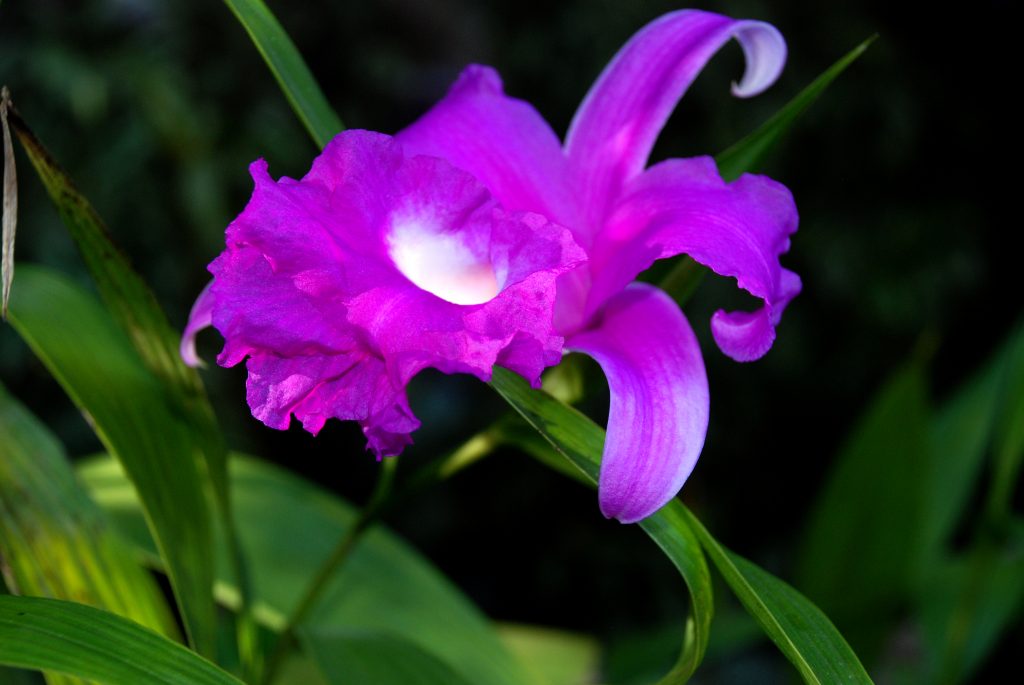
Photography/Fotografia: Graziela Meister
Estas orquídeas gostam de muita luz mas de preferência velada do sol. Embora algumas espécies possam aguentar o sol directo, orquidófilos experientes confirmam que as Sobrálias cultivadas em meia sombra têm uma folhagem mais bonita e dão mais flores.
O seu substrato deve ser mantido húmido, tendo o cuidado que ele tenha boa drenagem, para que as regas copiosas e frequentes não danifiquem as raízes.
Pode-se utilizar qualquer adubo mas de preferência um orgânico.
Tenho no meu jardim diversas espécies, mas é a mirabilis e a macrantha que se desenvolveram com mais facilidade e que se adaptaram melhor ao nosso clima.
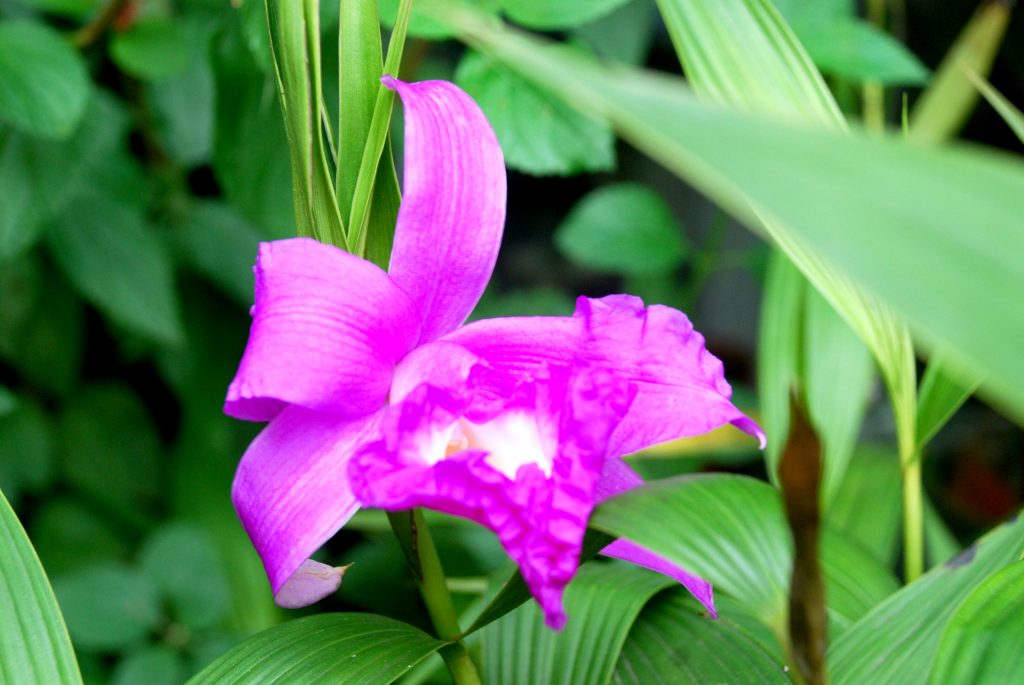
Photography/Fotografia: Graziela Meister
A.P.O. – Associação Portuguesa de Orquidofilia para lusorquideas@gmail.com
www.lusorquideas.com

![]()

